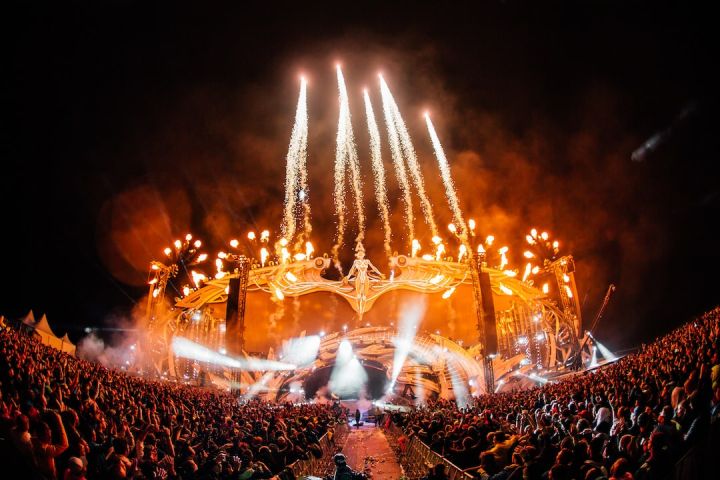What Cultural Significance Do Dance Shows Have at Festivals?

Dance shows are an integral part of many festivals around the world. From traditional folk dances to modern contemporary performances, these shows not only entertain but also hold significant cultural value. They provide a platform for artists to showcase their talents, while also preserving and promoting cultural heritage. In this article, we will explore the cultural significance of dance shows at festivals.
Preserving Cultural Heritage
One of the main reasons dance shows have such cultural significance at festivals is their ability to preserve and showcase traditional dances. Many cultures have unique dance forms that are passed down through generations. These dances often hold deep historical and cultural significance. By including dance shows in festivals, these traditional art forms are kept alive and appreciated by a wider audience.
For example, in India, festivals like Navratri and Diwali feature elaborate dance performances, such as Garba and Dandiya Raas, which are traditional folk dances from the state of Gujarat. These dances celebrate the triumph of good over evil and are an integral part of the Gujarati culture. By including these performances in festivals, the younger generation gets a chance to learn and appreciate their cultural heritage.
Promoting Cultural Diversity
Another important aspect of dance shows at festivals is the promotion of cultural diversity. Festivals often attract people from different backgrounds and communities, providing a unique opportunity for cultural exchange. Dance shows allow artists from various cultures to come together and share their art forms with a wider audience.
For instance, the Notting Hill Carnival in London is known for its vibrant and diverse dance performances. This festival brings together various communities, including those from Caribbean backgrounds, who showcase their traditional dance forms like Soca and Calypso. These performances not only entertain but also educate the audience about different cultures and their rich dance traditions.
Expressing Identity and Creativity
Dance shows at festivals also provide a platform for artists to express their identity and creativity. Through their performances, dancers can convey emotions, stories, and ideas that are deeply rooted in their cultural backgrounds. It allows them to celebrate their heritage and share their unique artistic perspectives with the world.
Contemporary dance shows, in particular, offer a space for artists to push boundaries and experiment with different styles and themes. These performances often blend traditional and modern elements, creating a fusion of cultures that captivates audiences. By embracing innovation and creativity, dance shows contribute to the evolution of cultural expressions.
Inspiring Unity and Connection
Lastly, dance shows at festivals have the power to inspire unity and connection among people. When a community comes together to witness a dance performance, it creates a sense of shared experience and celebration. The energy and joy that emanate from these shows can bring people closer, regardless of their cultural backgrounds.
In festivals like the Rio Carnival in Brazil, the Samba parade is a highlight that unites people from all walks of life. The infectious rhythm and synchronized movements of the dancers create a sense of belonging and togetherness. Dance shows have the ability to break down barriers and foster a sense of unity among festival-goers.
In conclusion, dance shows at festivals hold immense cultural significance. They preserve traditional dances, promote cultural diversity, allow for self-expression and creativity, and inspire unity among people. These performances not only entertain but also educate and create a deeper understanding and appreciation of different cultures. So next time you attend a festival, make sure to immerse yourself in the vibrant and captivating world of dance shows.